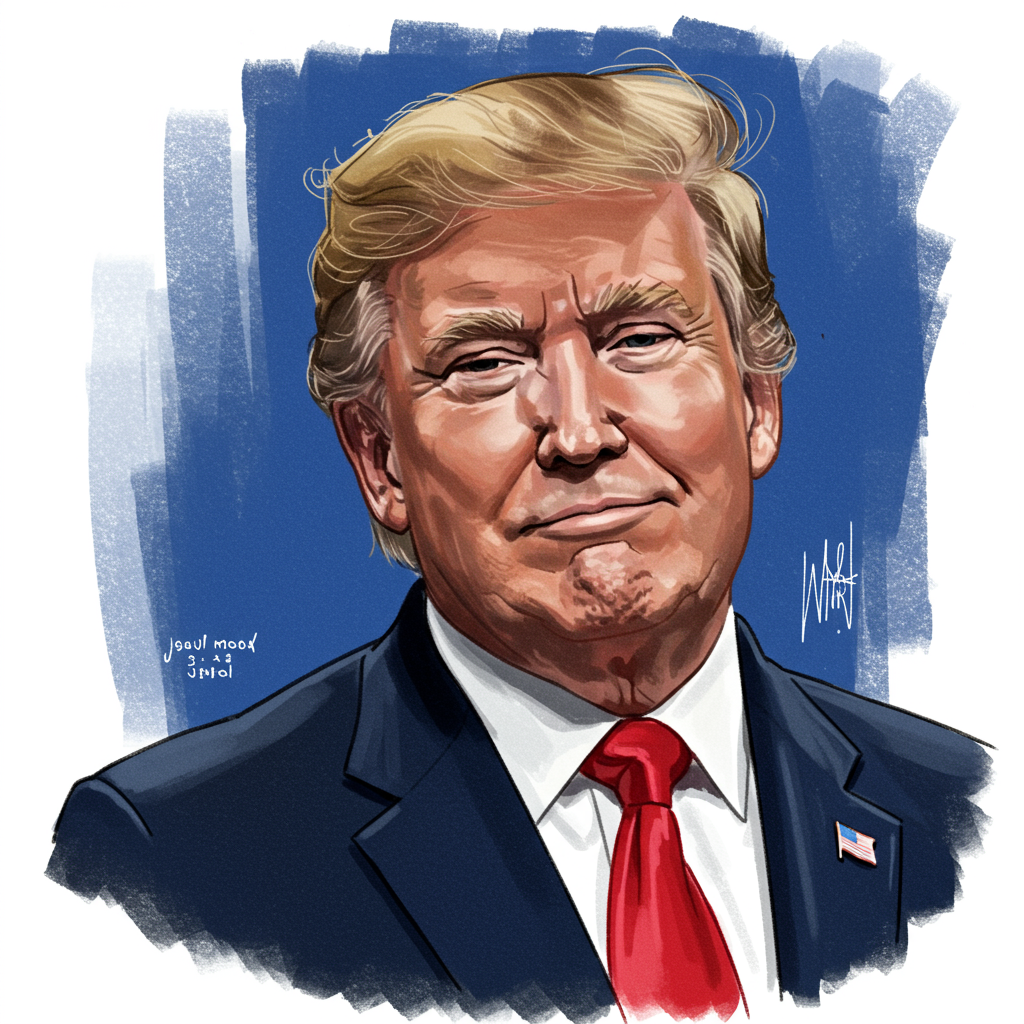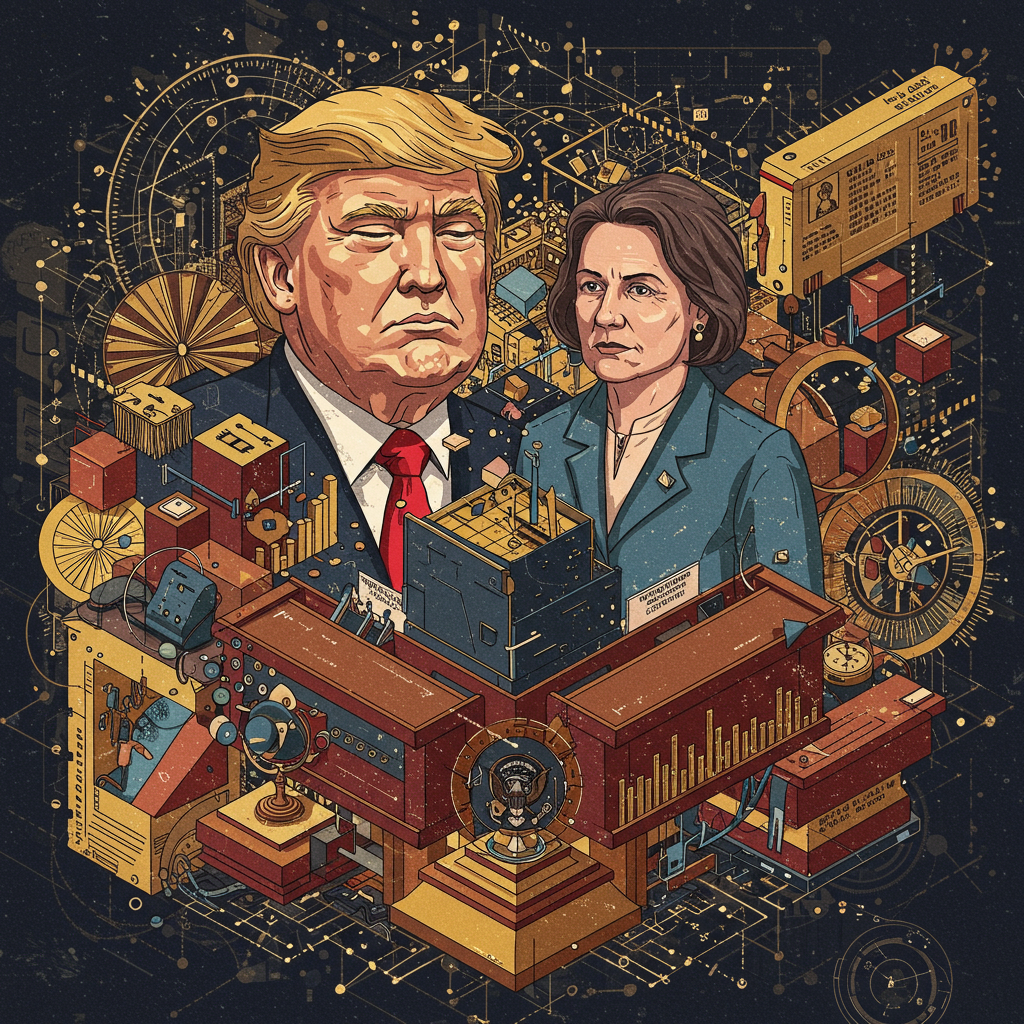NATO Leaders Agree to Boost Defense Spending to 5% by 2035
Following sustained pressure from Donald Trump, NATO member nations have reached a significant agreement: to increase defense spending to 5% of their respective countries’ economic output by 2035. The decision, finalized at a recent summit in The Hague, marks a considerable ramp-up from previous targets and underscores a collective response to evolving security threats.
US President Donald Trump quickly hailed the new 5% defense spending commitment as a major success, specifically calling it a “big win for Europe and… Western civilisation.” His remarks highlight the impact of his long-standing push for allies to contribute more to the alliance’s collective defense.
Addressing Global Security Challenges
In a joint statement, NATO leaders emphasized their unity in confronting “profound” security challenges. They explicitly singled out the “long-term threat posed by Russia” and the ongoing threat of terrorism as primary drivers for the increased investment.
The alliance members also reaffirmed their unwavering “ironclad commitment” to Article Five, the principle of mutual defense where an attack on one member is considered an attack on all. This core tenet of NATO was underscored despite earlier comments from President Trump appearing to question its definitions, which he clarified his support for after the summit, stating, “I stand with [Article Five], that’s why I’m here.”
Notably absent from the joint statement, however, was a direct condemnation of Russia’s invasion of Ukraine, which had been included in the previous year’s communique.
NATO Secretary General Mark Rutte commented on the outcome, stating, “No-one should doubt our capacity or determination should our security be challenged.” He described the alliance that leaders are building as “a stronger, fairer and more lethal” entity.
Understanding the 5% Target Breakdown
The agreed-upon commitment to raise NATO defense spending over the next decade is structured in two parts. It requires member states to allocate at least 3.5% of their GDP to core defense expenditures by 2035. An additional allocation of up to 1.5% is designated for a broader range of investments loosely linked to security infrastructure, bringing the total potential commitment to 5%.
President Trump, attending his first NATO summit since 2019, declared the meeting a “big success,” stating that the spending hike would be a “great victory for everybody.” He added, “We will be equalised shortly, and that’s the way it has to be.”
Varied Reactions Among Member States
While the agreement was reached, some member states voiced reservations during the lead-up to the summit:
Spain: Economy Minister Carlos Cuerpo had objected to the 5% target ahead of the meeting, citing Madrid’s “enormous effort” to reach the existing 2.1% target and calling the focus solely on the percentage “misguided.” Despite this, Prime Minister Pedro Sánchez later signed the statement, deeming it “sufficient, realistic and compatible” for Spain to meet commitments with a lower percentage.
Belgium: Prime Minister Bart de Wever acknowledged that the 3.5% core target within 10 years “is a realistic goal,” though he noted it would not be easy.
- Slovakia: President Peter Pellegrini indicated that Bratislava would not impede the agreement, despite concerns about the significant hike.
Other Summit Discussions
Beyond the defense spending pledge, other key discussions took place. French President Emmanuel Macron notably raised concerns about President Trump’s trade tariff confrontation with the European Union, arguing that pursuing trade disputes while simultaneously calling for increased defense spending among allies “makes no sense.”
The Hague summit, though scaled back to a two-and-a-half-hour leaders’ session, began with a dinner hosted by Dutch royals. Secretary General Rutte highlighted the “dangerous moment” in which the meeting occurred, stressing that the mutual defense guarantee sends a powerful message.
Focus on Ukraine Support
Support for Ukraine remained a crucial topic. NATO members stressed their commitment to providing continued aid, recognizing that Ukraine’s security contributes to the alliance’s own. Direct contributions to Kyiv’s defense efforts and its defense industry will now be included when assessing allies’ defense spending.
President Trump also met with Ukraine’s President Volodymyr Zelenskyy on the sidelines. During a subsequent news conference, Trump described achieving a ceasefire in Ukraine as proving “more difficult” than anticipated and discussed the possibility of supplying additional air defenses to Ukraine. He also referenced a prior conversation with Russian President Putin, noting Putin had “volunteered help on Iran,” to which Trump responded, “help us on Russia, not Iran.”
UK Prime Minister Sir Keir Starmer reinforced NATO’s enduring importance, stating, “We live in a very volatile world and today is about the unity of Nato, showing that strength. We’re bigger than we were before, we’re stronger than we were before.”
The summit concluded with leaders confident that decisions made, including continued support for Ukraine while pushing for peace, would strengthen the alliance’s posture for the coming decade.



